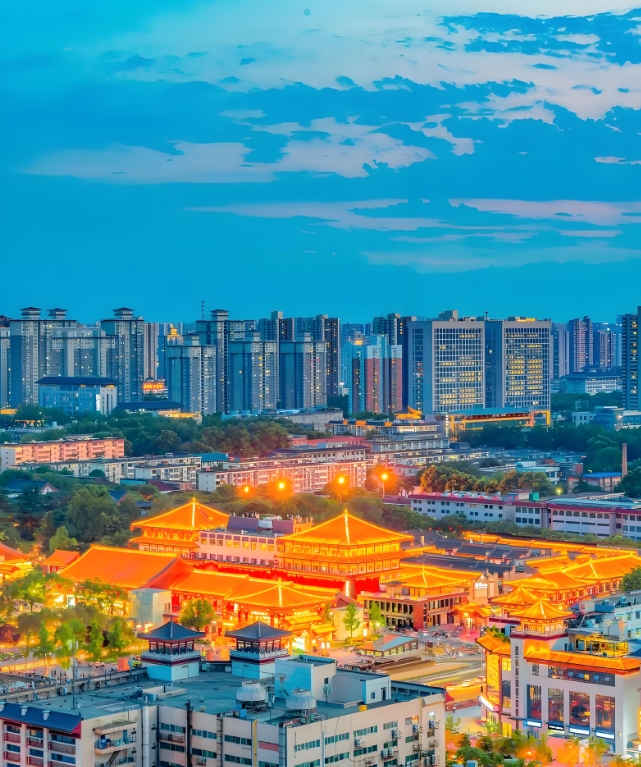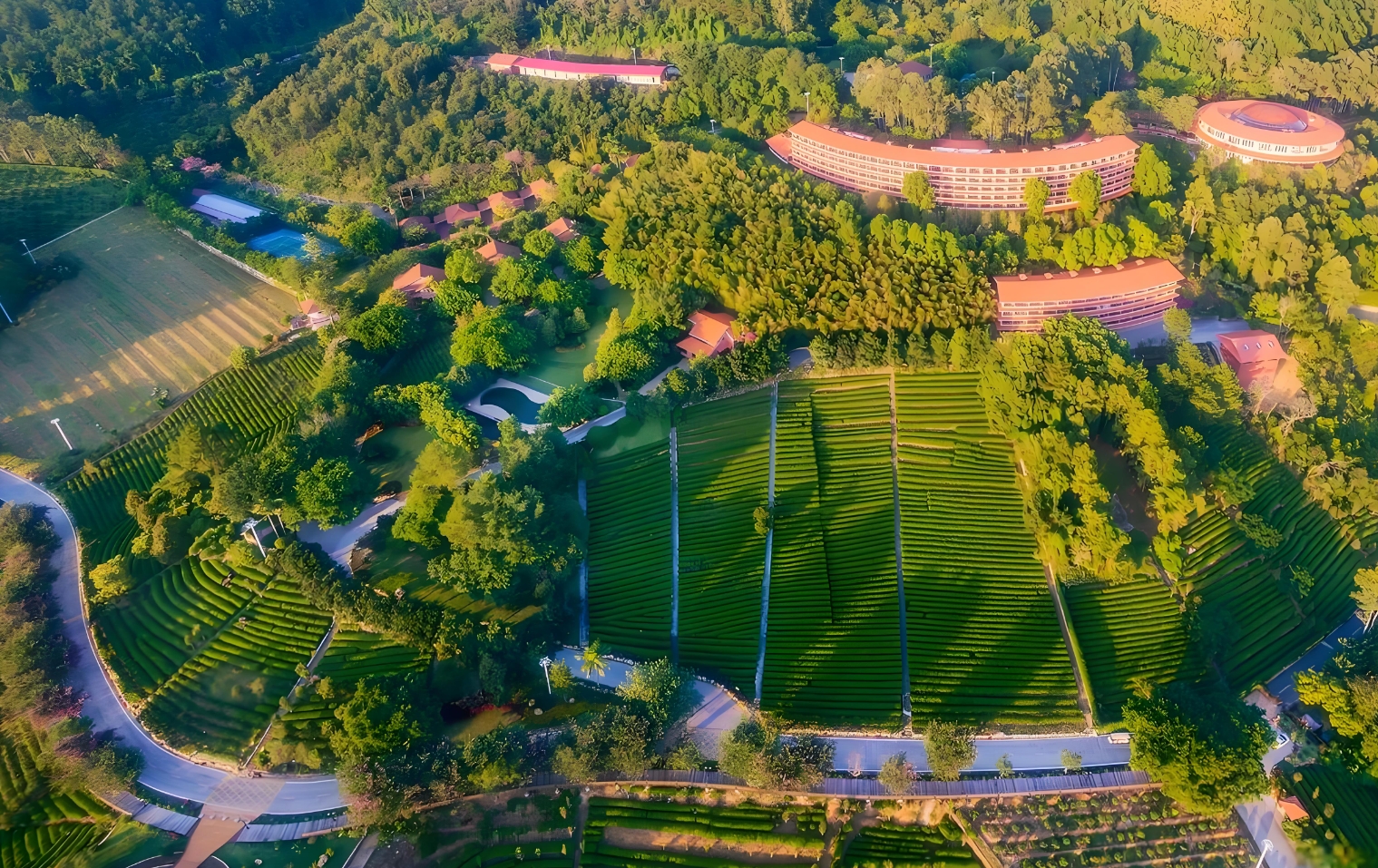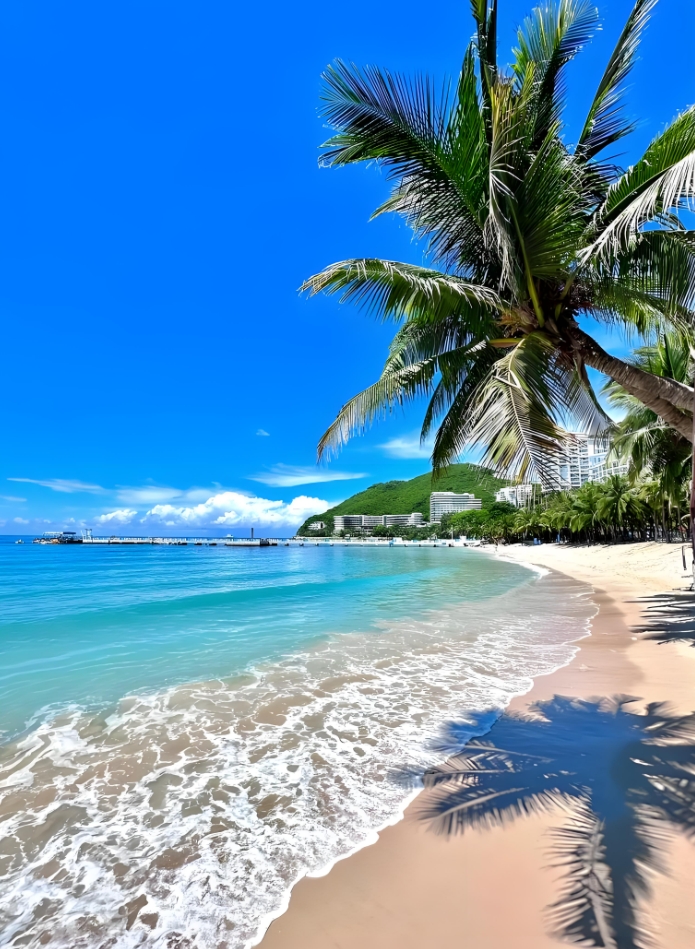Yellow Crane Tower: Known as the "most spectacular view under heaven," it is Wuhan's landmark. Climb the tower to enjoy a panoramic view of the Yangtze River and Wuhan's urban area. The inscriptions and cultural relics displayed inside tell stories of its thousand-year-old heritage. It is recommended to visit in the evening to admire the sunset and the tower's illuminated beauty.

East Lake Ecological Tourism Area: China's largest urban lake, approximately six times the size of West Lake in Hangzhou. You can cycle along the lakeside greenway, take a boat tour, or stroll through Moshan Scenic Area to enjoy flowers (cherry blossoms in spring and osmanthus in autumn are particularly stunning). The lake is dotted with islands, and the Xingyin Pavilion in the Tingtao Scenic Area is a classic photo spot.
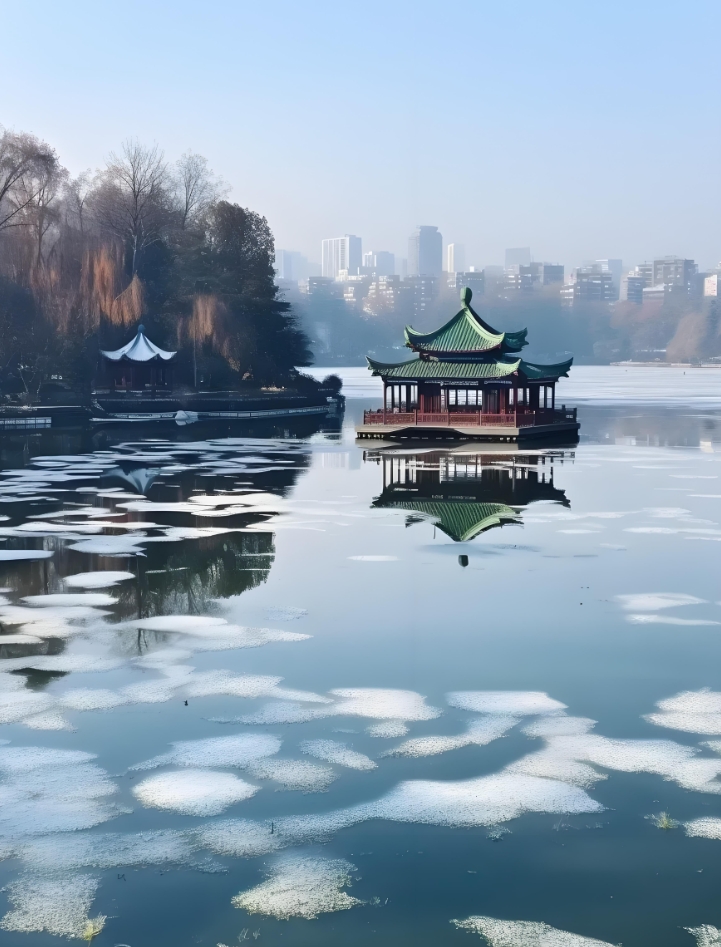
Wuhan Yangtze River Bridge: The first railway-road dual-use bridge designed and built independently by New China, connecting Wuchang and Hankou. It is recommended to walk across the bridge at night to enjoy the lights on both banks and the refreshing river breeze.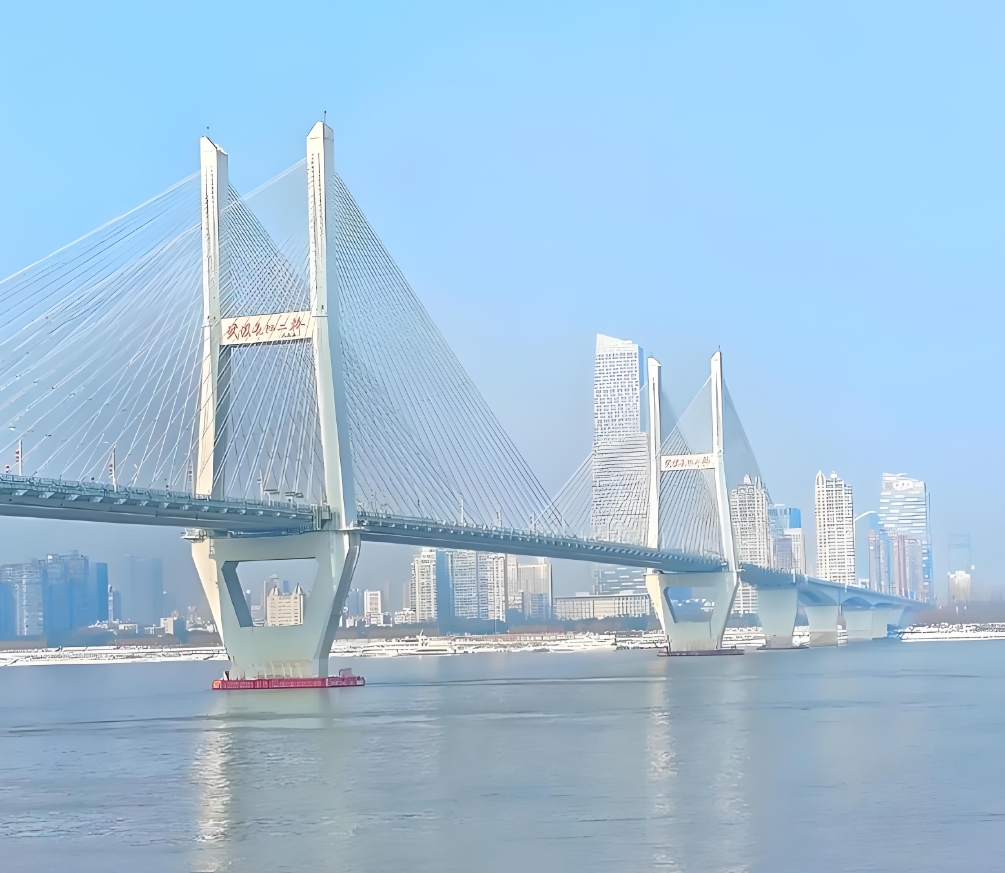
Hubei Provincial Museum: Home to precious cultural relics such as the Sword of Goujian and the Zenghouyi Chime Bells. Daily chime bell performances are held (advance booking required), making it a must-visit to understand Jingchu culture.
Hankou Old Concession: The European style architectural complex on Lihuangpi Road, the century old bank site on Jianghan Road, and the Ba Gong house in the Russian Concession are all living fossils of modern China. Strolling through it, every snap is a vintage blockbuster, and the old caf é on the street corner can even experience the tranquility of time.
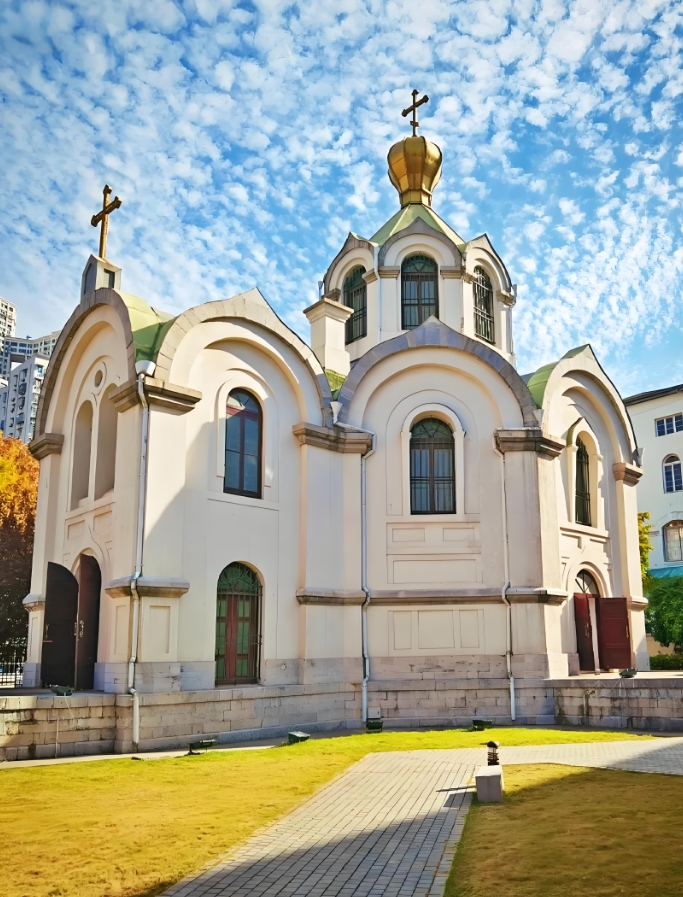
II. Recommended Cuisine
Hot Dry Noodles (Re Gan Mian): One of Wuhan's "four breakfast kings," featuring noodles mixed with sesame paste, radish cubes, and scallions, with a rich and chewy texture. Recommended at old shops like Cai Lin Ji and Lao Tong Cheng.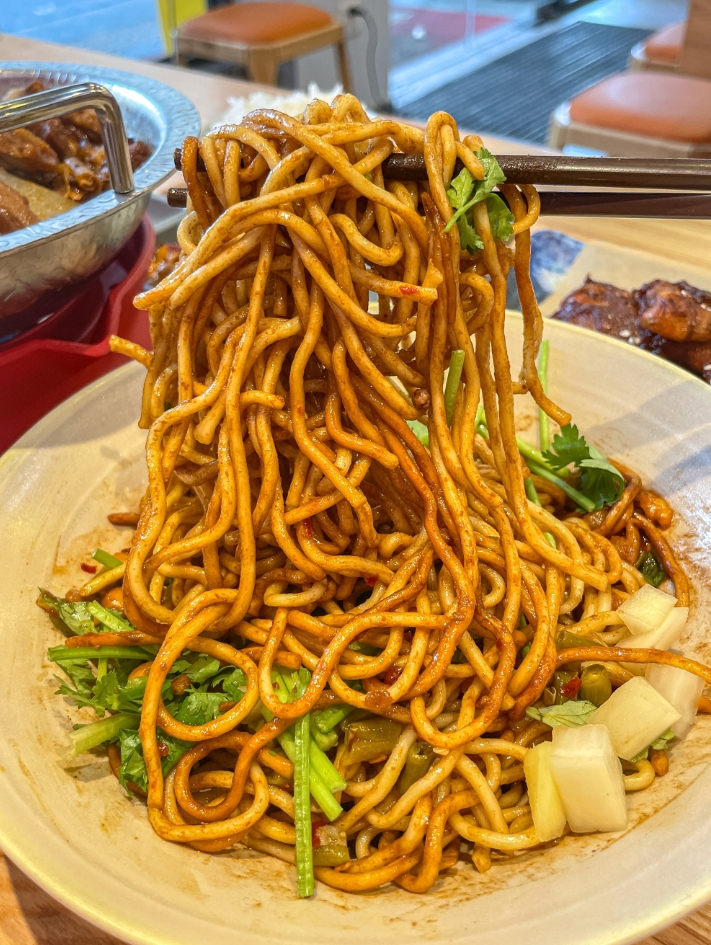
Bean Curd Skin Roll (Dou Pi): A savory snack combining glutinous rice, egg skin, bamboo shoots, and diced meat, crispy outside and soft inside. Lao Tong Cheng's version is a classic.
Wuchang Fish: Famous for Mao Zedong's poem "Having drunk Changsha's water, I now eat Wuchang's fish," best enjoyed steamed to highlight its tenderness.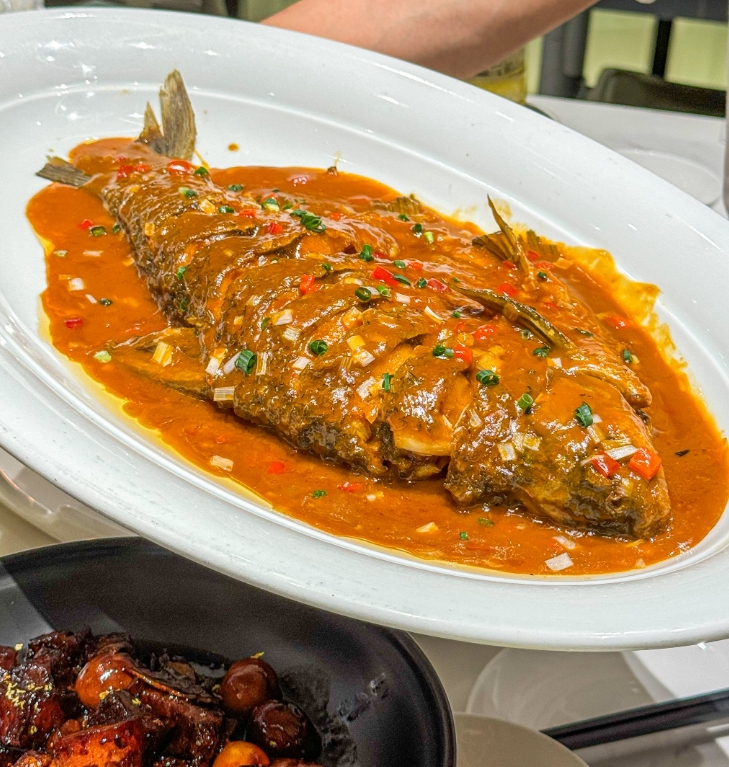
Fresh Fish Paste Noodle Soup: Enjoyed with fried dough sticks, the soup is simmered with fish bones, rich and savory, sprinkled with pepper and scallions—warming and appetizing.
Shao Mai: Heavy oil Shao Mai contains glutinous rice, diced meat, and shiitake mushrooms. It is oily, salty, and fragrant, and is the most authentic product from Yan Laoyao and Sanzhen Minsheng Sweet Food Restaurant.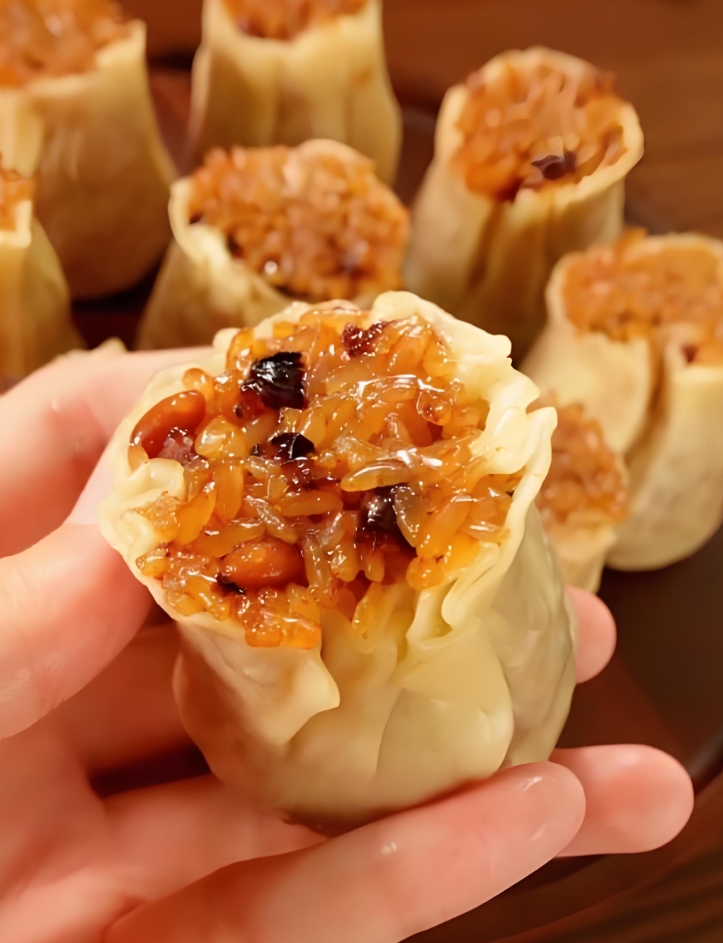
III. Itinerary Suggestion (3 Days, 2 Nights)
Day 1: Yellow Crane Tower → Wuhan Yangtze River Bridge → Hubei Provincial Museum (including chime bell performance) → Chuhe Hanjie (dinner + night view).
Day 2: East Lake (cycling/boating) → Moshan Scenic Area → Guiyuan Temple (for blessing and experiencing Buddhist culture) → Hankou River Beach (sunset).
Day 3: Hankou Old Concessions (strolling along Lihuangpi Road and Russian Concession buildings) → Jiqing Street (tasting local snacks) → departure.
IV. Transportation and Accommodation
Transportation: The metro covers major attractions, with convenient buses and taxis. Wuchang Station, Wuhan Station, and Hankou Station are major transportation hubs; choose accommodation based on your itinerary.
Accommodation: Wuchang District is close to Yellow Crane Tower and East Lake, suitable for those preferring history and natural landscapes; Hankou District is bustling with commerce, near the river beach and old concessions, ideal for experiencing urban and cultural vibes.
V. Best Travel Season
Spring (March-April): Cherry blossoms bloom at East Lake, with pleasant weather;
Autumn (September-November): Cool temperatures, perfect for outdoor activities, avoiding the summer heat and humid rainy season.
